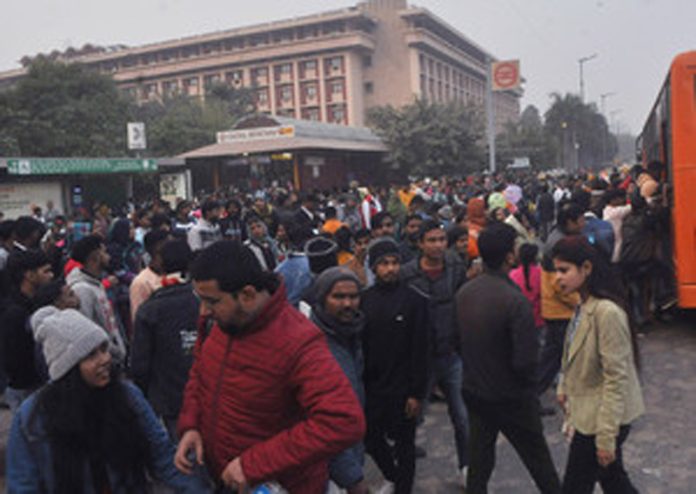HYDERABAD, Jan 1:
The South-west coast of India stands as a region characterised by significant genetic and cultural diversity, shaped by millennia of migration, settlements, and the admixture of diverse human populations.
Previous studies have shed light on the rich genetic heritage of recent migrants, including Jews, Parsis, and Roman Catholics, residing in South-west India.
However, one particular group with a historical legacy as warriors or feudal lords has left its genetic history open to debate. Historians and written records link them to migrants from Ahichhatra (Iron age civilization) in the Gangetic plain, while others connect them to the Indo-Scythian clan migrants from North-West India.
A recent high-throughput genetic study, led by Dr. Kumarasamy Thangaraj, JC Bose Fellow at CSIR-Centre for Cellular and Molecular Biology (CCMB) in Hyderabad, has provided conclusive answers to this long-standing debate.
The research team analyzed the DNA of 213 individuals from traditional warrior and feudal lord communities on the South-west coast of India. Their investigation involved examining genome-wide autosomal markers and maternally inherited mitochondrial DNA markers.
The results were then compared with ancient and contemporary Eurasian populations spanning the Bronze Age to present-day groups.
The study, recently published in the journal Genome Biology and Evolution, revealed that the Nairs, Thiyyas, and Ezhavas from Kerala, as well as the Bunts and Hoysalas from Karnataka, are genetically closer to populations in North-west India.
Dr K Thangaraj stated, “Our genetic study revealed that the Nair and Thiyya warrior communities share most of their ancestry from ancient migrants of North-west India, and have enhanced Iranian ancestry, similar to Kamboj and Gujjar populations.”
He added, “Their maternal genome reflects a higher distribution of West Eurasian mitochondrial lineages, suggesting female-mediated migration, unlike most recent migrant groups such as Siddis.”
Dr Lomous Kumar, the first author of the study, emphasised, “Our machine-learning based study suggests that the migration of these groups happened following North-west to Central Indian to the South-west coast during the late Bronze Age or probably Iron age.” (UNI)
Trending Now
E-Paper


